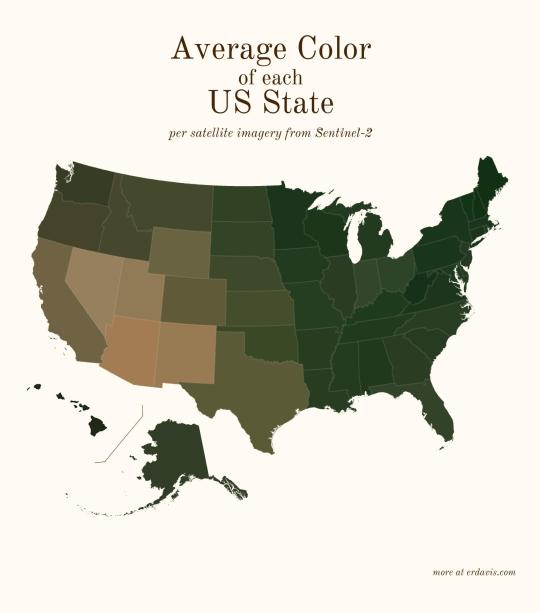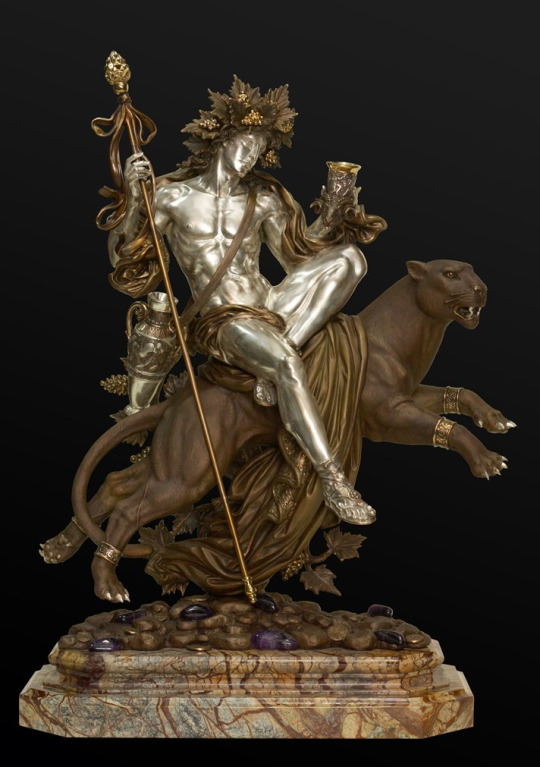{Florian} {XIX} {Italian} {INFP} Dark Academia, Witchcraft, Studyblr, Art. Sometimes, there are original posts on here, but most of the time, I simply reblog.
Don't wanna be here? Send us removal request.
Note
You draw hats so well and im like so amazed by it because every time i try it looks like they're wearing buckets?? how do you draw them?? :o


pringles
58K notes
·
View notes
Text
✨ Subtle Deity Worship Master List ✨
Greek Deities:
Subtle Aphrodite Worship
Subtle Ares Worship
Subtle Apollo Worship
Subtle Artemis Worship
Subtle Athena Worship
Subtle Dionysus Worship
Subtle Eros Worship
Subtle Hephaestus Worship
Subtle Hermes Worship
Subtle Demeter Worship
Subtle Hera Worship
Subtle Zeus Worship
Subtle Circe Worship
Subtle Hestia Worship
Subtle Helios Worship
Subtle Persephone Worship
Subtle Poseidon Worship
Subtle Hekate Worship
Subtle Hygeia Worship
Subtle Nemesis Worship
Subtle Psyche Worship
Subtle Asklepios Worship
Subtle Haides Worship
Subtle Harpocrates Worship
Subtle Erebos Worship
Subtle Medea Worship
Subtle Tyche Worship
Subtle Lethe Worship
Subtle Selene Worship
Subtle Eris Worship
Subtle Themis Worship
Subtle Talos Worship
Subtle Thanatos Worship
Subtle Nyx Worship
Subtle Pan Worship
Subtle Hypnos Worship
Subtle Charybdis Worship
Subtle Hyacinthus Worship
Norse Deities:
Subtle Sigyn Worship
Subtle Loki Worship
Subtle Baldr Worship
Subtle Freyr Worship
Subtle Odin Worship
Subtle Freyja Worship
Subtle Thorr Worship
Subtle Tyr Worship
Subtle Jormungandr Worship
Subtle Hel Worship
Subtle Sleipnir Worship
Subtle Idunna Worship - created by @soil-and-stanzas :)
Subtle Fenrir Worship
-
This list will be updated as I make more posts! I may have to make extra posts due to the fact that you can only have 100 links per post.
7K notes
·
View notes
Text
I saw this on quora and thought it was cool and wanted to share it on here. Its a long read but crazy. Its from Erik Painter

They did try. And they did capture Navajo men. However, they were unsuccessful in using them to decipher the code. The reason was simple. The Navajo Code was a code that used Navajo. It was not spoken Navajo. To a Navajo speaker, who had not learned the code, a Navajo Code talker sending a message sounds like a string of unconnected Navajo words with no grammar. It was incomprehensible. So, when the Japanese captured a Navajo man named Joe Kieyoomia in the Philippines, he could not really help them even though they tortured him. It was nonsense to him.
The Navajo Code had to be learned and memorized. It was designed to transmit a word by word or letter by letter exact English message. They did not just chat in Navajo. That could have been understood by a Navajo speaker, but more importantly translation is never, ever exact. It would not transmit precise messages. There were about 400 words in the Code.
The first 31 Navajo Marines created the Code with the help of one non-Navajo speaker officer who knew cryptography. The first part of the Code was made to transmit English letters. For each English letter there were three (or sometimes just two) English words that started with that letter and then they were translated into Navajo words. In this way English words could be spelled out with a substitution code. The alternate words were randomly switched around. So, for English B there were the Navajo words for Badger, Bear and Barrel. In Navajo that is: nahashchʼidí, shash, and tóshjeeh. Or the letter A was Red Ant, Axe, or Apple. In Navajo that is: wóláchííʼ, tsénił , or bilasáana. The English letter D was: bįįh=deer, and łééchąąʼí =dog, and chʼįįdii= bad spiritual substance (devil).
For the letter substitution part of the Code the word “bad” could be spelled out a number of ways. To a regular Navajo speaker it would sound like: “Bear, Apple, Dog”. Or other times it could be “ Barrel, Red Ant, Bad Spirit (devil)”. Other times it could be “Badger, Axe, Deer”. As you can see, for just this short English word, “bad” there are many possibilities and to the combination of words used. To a Navajo speaker, all versions are nonsense. It gets worse for a Navajo speaker because normal Navajo conjugates in complex ways (ways an English or Japanese speaker would never dream of). These lists of words have no indicators of how they are connected. It is utterly non-grammatical.
Then to speed it up, and make it even harder to break, they substituted Navajo words for common military words that were often used in short military messages. None were just translations. A few you could figure out. For example, a Lieutenant was “one silver bar” in Navajo. A Major was “Gold Oak Leaf” n Navajo. Other things were less obvious like a Battleship was the word for Whale in Navajo. A Mine Sweeper was the Navajo word for Beaver.
A note here as it seems hard for some people to get this. Navajo is a modern and living language. There are, and were, perfectly useful Navajo words for submarines and battleships and tanks. They did not “make up words because they had no words for modern things”. This is an incorrect story that gets around in the media. There had been Navajo in the military before WWII. The Navajo language is different and perhaps more flexible than English. It is easy to generate new words. They borrow very few words and have words for any modern thing you can imagine. The words for telephone, or train, or nuclear power are all made from Navajo stem roots.
Because the Navajo Marines had memorized the Code there was no code book to capture. There was no machine to capture either. They could transmit it over open radio waves. They could decode it in a few minutes as opposed to the 30 minutes to two hours that other code systems at the time took. And, no Navajo speaker who had not learned the Code could make any sense out of it.
The Japanese had no published texts on Navajo. There was no internationally available description of the language. The Germans had not studied it at the time. The Japanese did suspect it was Navajo. Linguists thought it was in the Athabaskan language family. That would be pretty clear to a linguist. And Navajo had the biggest group of speakers of any Athabaskan language. That is why they tortured Joe Kieyoomia. But, he could not make sense of it. It was just a list of words with no grammar and no meaning.
For Japanese, even writing the language down from the radio broadcasts would be very hard. It has lots of sounds that are not in Japanese or in English. It is hard to tell where some words end or start because the glottal stop is a common consonant. Frequency analysis would have been hard because they did not use a single word for each letter. And some words stood for words instead of for a letter. The task of breaking it was very hard.
Here is an example of a coded message:
béésh łigai naaki joogii gini dibé tsénił áchį́į́h bee ąą ńdítį́hí joogi béésh łóó’ dóó łóóʼtsoh
When translated directly from Navajo into English it is:
“SILVER TWO BLUE JAY CHICKEN HAWK SHEEP AXE NOSE KEY BLUE JAY IRON FISH AND WHALE. “
You can see why a Navajo who did not know the Code would not be able to do much with that. The message above means: “CAPTAIN, THE DIVE BOMBER SANK THE SUBMARINE AND BATTLESHIP.”
“Two silver bars” =captain. Blue jay= the. Chicken hawk= dive bomber. Iron fish = sub. Whale= battleship. “Sheep, Axe Nose Key”=sank. The only normal use of a Navajo word is the word for “and” which is “dóó ”. For the same message the word “sank” would be spelled out another way on a different day. For example, it could be: “snake, apple, needle, kettle”.
Here, below on the video, is a verbal example of how the code sounded. The code sent below sounded to a Navajo speaker who did not know the Code like this: “sheep eyes nose deer destroy tea mouse turkey onion sick horse 362 bear”. To a trained Code Talker, he would write down: “Send demolition team to hill 362 B”. The Navajo Marine Coder Talker then would give it to someone to take the message to the proper person. It only takes a minute or so to code and decode.
youtube
42K notes
·
View notes
Text
38K notes
·
View notes
Text

The Pleiades, M45 // Carlos Uriarte
The name Pleiades likely comes from the Ancient Greek word plein, meaning "to sail". This marks its use for determining the sailing season in the Mediterranean Sea. Later, the name came to be associated with the seven sea nymphs, the Pleiades.
In fact, several of the stars here share names with those sea nymphs: Alcyone, Electra, Maia, Merope, Taygeta, Celaeno, and Sterope, along with their parents, Atlas and Pleione. Can you identify them all?

177 notes
·
View notes
Text
OP is using a jian (劍; double-edged sword)
1K notes
·
View notes
Text






my attempt to give persephone a digital offering
350 notes
·
View notes
Text

Gioacchino Toma - Tattooing Camorra members (1888-90)
47 notes
·
View notes
Photo

Average color of US states based on satellite imaging.
112K notes
·
View notes
Text
I'm begging other trans people to read an ounce of Black Feminist or Decolonialist Feminist writing. I'm on my hands and knees and begging you. I promise you, I promise you, there is so much more to Feminist theory than anything you have picked up from White/Radical/Pop/Liberal Feminism I promise you. Read There Is No Hierarchy Of Oppressions By Audre Lorde. I have a link to the PDF right here you can read it for free. Take my hand I can't do this alone (thanks glass beach). Peace And Love On Planet Earth.
31K notes
·
View notes
Text
Hey, fellow space nerds, NASA just released its own free, zero-ad streaming service with all kinds of space-themed documentaries - and a few about Earth, too.
13K notes
·
View notes
Text
I really like the word “smitten”. because at first glance you just think of sappy lovey-dovey stuff but also you have to remember this is a word that’s born of the word “smite.” a devastating word. a word that, summarized, means stricken. smitten means stricken as well — struck with devastating affection.
102K notes
·
View notes
Text
The symbolism of flowers
Flowers have a long history of symbolism that you can incorporate into your writing to give subtext.
Symbolism varies between cultures and customs, and these particular examples come from Victorian Era Britain. You'll find examples of this symbolism in many well-known novels of the era!
Amaryllis: Pride
Black-eyed Susan: Justice
Bluebell: Humility
Calla Lily: Beauty
Pink Camellia: Longing
Carnations: Female love
Yellow Carnation: Rejection
Clematis: Mental beauty
Columbine: Foolishness
Cyclamen: Resignation
Daffodil: Unrivalled love
Daisy: Innocence, loyalty
Forget-me-not: True love
Gardenia: Secret love
Geranium: Folly, stupidity
Gladiolus: Integrity, strength
Hibiscus: Delicate beauty
Honeysuckle: Bonds of love
Blue Hyacinth: Constancy
Hydrangea: Frigid, heartless
Iris: Faith, trust, wisdom
White Jasmine: Amiability
Lavender: Distrust
Lilac: Joy of youth
White Lily: Purity
Orange Lily: Hatred
Tiger Lily: Wealth, pride
Lily-of-the-valley: Sweetness, humility
Lotus: Enlightenment, rebirth
Magnolia: Nobility
Marigold: Grief, jealousy
Morning Glory: Affection
Nasturtium: Patriotism, conquest
Pansy: Thoughtfulness
Peony: Bashfulness, shame
Poppy: Consolation
Red Rose: Love
Yellow Rose: Jealously, infidelity
Snapdragon: Deception, grace
Sunflower: Adoration
Sweet Willian: Gallantry
Red Tulip: Passion
Violet: Watchfulness, modesty
Yarrow: Everlasting love
Zinnia: Absent, affection
59K notes
·
View notes
Text
A (norse pagan) prayer I like to recite from time to time.
(written by me, feel free to use it too/adapt to your own practice. 🤍) (maybe contains upg? i wrote this based on the concepts and "vibes", roughly put, that i get from each Deity.)
May Odin teach us,
May Thor keep us,
May Tyr guide us.
May Heimdall show us the truth.
May Frigg love us,
May Freya show us how to love,
May Skadi strengthen us,
May Idunn keep us young, at all ages.
May Freyr show us peace,
May Njord lead us to prosperity,
May Baldur show us beauty,
May Bragi open our ears to the music.
May Sigyn teach us forgiveness,
May Loki show us our fire,
May Fenrir bring justice.
May Hel bring the necessary ends,
and when we reach our own,
May she welcome us in.
447 notes
·
View notes
Text

Bronze sculpture of Dionysus. Materials: bronze, silvering, gilding. Base made of marble. The product contains natural amethysts.
4K notes
·
View notes
Text
I should be allowed into every museum’s archives actually
60K notes
·
View notes






